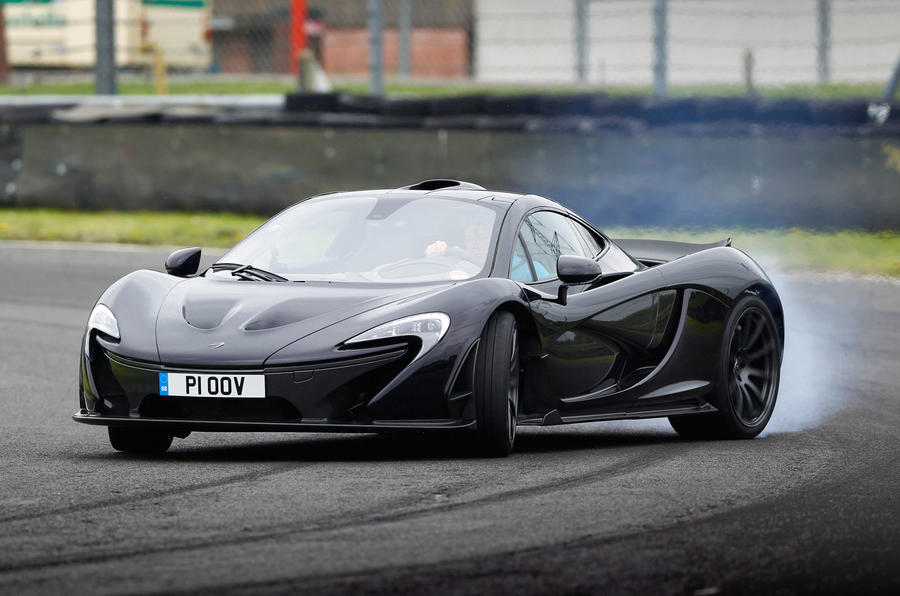"What on earth are you doing?" asks McLaren's chief test driver, Chris Goodwin, as he finds us rooting around the inside of a P1 with a tape measure.
We're recording cabin dimensions, pedal offsets, that sort of thing. Goodwin isn't the first industry executive, nor will he be the last, to be surprised that we subject all our cars to precisely the same array of assessments when we do a full road test.
That means a McLaren P1 gets its insides measured. And that means a 0.9-litre Renault Clio gets sent around the handling circuit. Why? Not because of the lap time, obviously, but because the circuit we use is a handling course, not a race track; we designed a testing layout that tells us how a car – any car – behaves in extremes.
Understeer resistance, high-speed lane change stability, stability under emergency braking in bends, traction, electronic safety system performance, brake durability and more can all be assessed, in safety, in minutes. That's relevant to every car on the market.
As you move to more performance-orientated cars, though, the little number that pops out at the end takes on an increasing relevance, obviously. Of cars we've hitherto road tested, the fastest around our chosen layout of MIRA's handling circuit was a Radical SR3 SL, at 1min 8.0sec dead.
The fastest car full stop was a Vauxhall Vectra BTCC car, which tells you how little the circuit is about power, and how much it's about handling capability. The slick-shod, front-driven Vectra, with aero grip, huge braking and cornering ability and unbroachable traction, ducked into the mid 1min 7.0sec mark. No road car before had gone that fast.
The McLaren P1 was almost a second quicker again. And, were it not for a couple of damp patches – this is the site of an old airbase, in the Midlands, in April, after all – the P1 would have gone quicker still.
But the most impressive things about the P1 is not its outright pace – although that is faintly breathtaking – but that such a usable, pliant and enjoyable road car can have such duality of character. And that a car so fast can be so approachable and engaging on a track.
I'll level with you: our laps are not flat-out racing driver qualifiers. The circuit is too narrow and we're not racing drivers. Every industry engineer and driver we talk to approves that we aim for a consistent, repeatable lap time. Since we started using MIRA seven years ago we haven't damaged a car around the dry circuit.










Join the debate
Add your comment
Style & Performance in one
Got to say though, I would love to see the outcome of the P1 going round when there are no damp patches :)
Hey! Guys!!